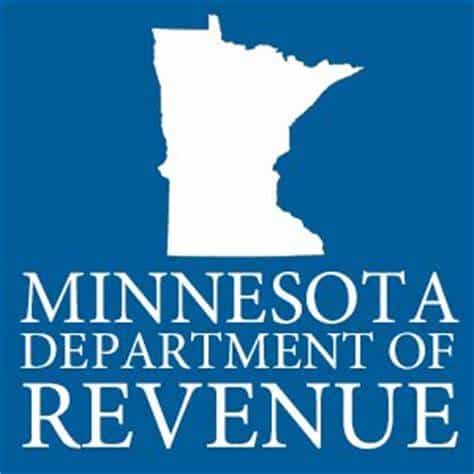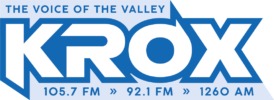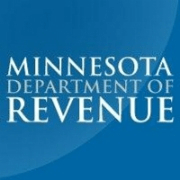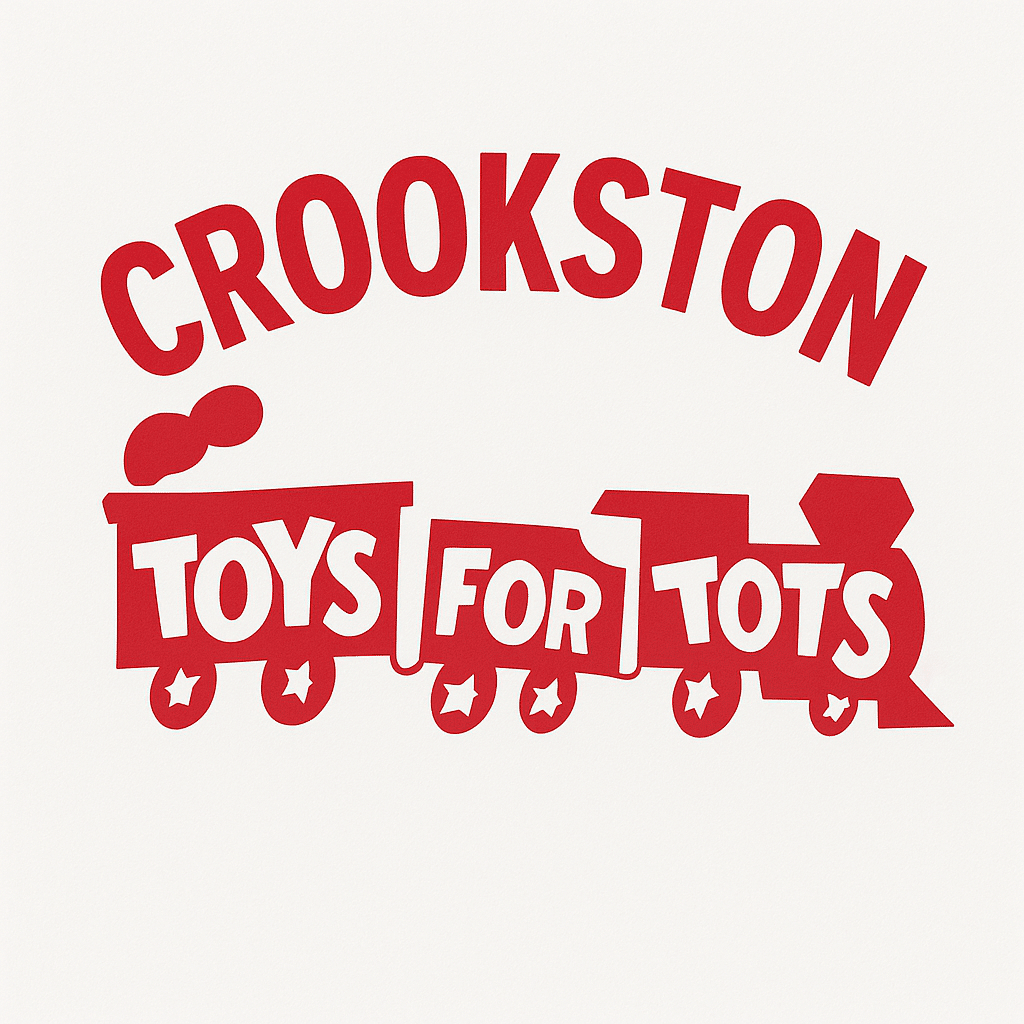The Minnesota Department of Revenue is reminding people that many school supply purchases may qualify for valuable K-12 tax benefits on your 2021 Minnesota income tax return.
“Purchasing school supplies is an investment that nearly every parent or caregiver in Minnesota makes on a yearly basis,” said Revenue Commissioner Robert Doty. “Save receipts from these purchases, including distance learning needs, and claim the K-12 Education Credit or Subtraction. This will help save money when it comes time to file taxes.”
What K-12 tax benefits does Minnesota offer?
Two Minnesota tax benefits help families pay their child’s education expenses: The K-12 Education Credit and the K-12 Education Subtraction.
Both benefits reduce your state tax and could provide you a larger refund when filing your Minnesota income tax return. Last year, more than 33,000 families received the K-12 Education Credit and saved an average of $250. Nearly 190,000 families received the K-12 Education Subtraction.
Do I qualify for these tax benefits?
To qualify for either the credit or subtraction, both of these must be true:
- You have a qualifying child attending kindergarten through 12th grade at a public, private, or home school
- You purchased education-related expenses in 2021 to assist with the child’s education
Separate requirements apply for credit and subtraction.
- K-12 Education Subtraction: There are no income limits for education subtraction.
- K-12 Education Credit: Your household income (taxable and nontaxable income) must be below the levels shown in the table. If you qualify for the credit but do not need to file a Minnesota return, you must file a return to claim the credit. If you are married, you and your spouse must file a joint return to qualify.
| Number of qualifying children in K-12 | Household income must be less than |
| 1 or 2 | $37,500 |
| 3 | $39,500 |
| 4 or more | Add $2,000 for each additional child |
What education-related expenses qualify?
Many expenses for educational instruction or materials may qualify, including:
- Paper and notebooks
- Pens and pencils
- Nonreligious textbooks
- Rental or purchases of educational equipment, including musical instruments
- Computer hardware (including hotspots, modems, and routers) and educational software (up to $200 for the subtraction and $200 for the credit)
- After-school tutoring and educational summer camps taught by a qualified instructor
Internet service or access fees do not qualify.
For more information:
- See Qualifying Expenses for the K-12 Education Credit and Subtraction
- See the Minnesota Department of Revenue’s video on how the credit works





